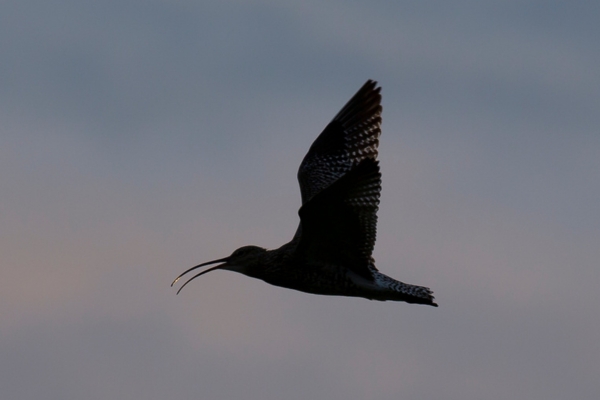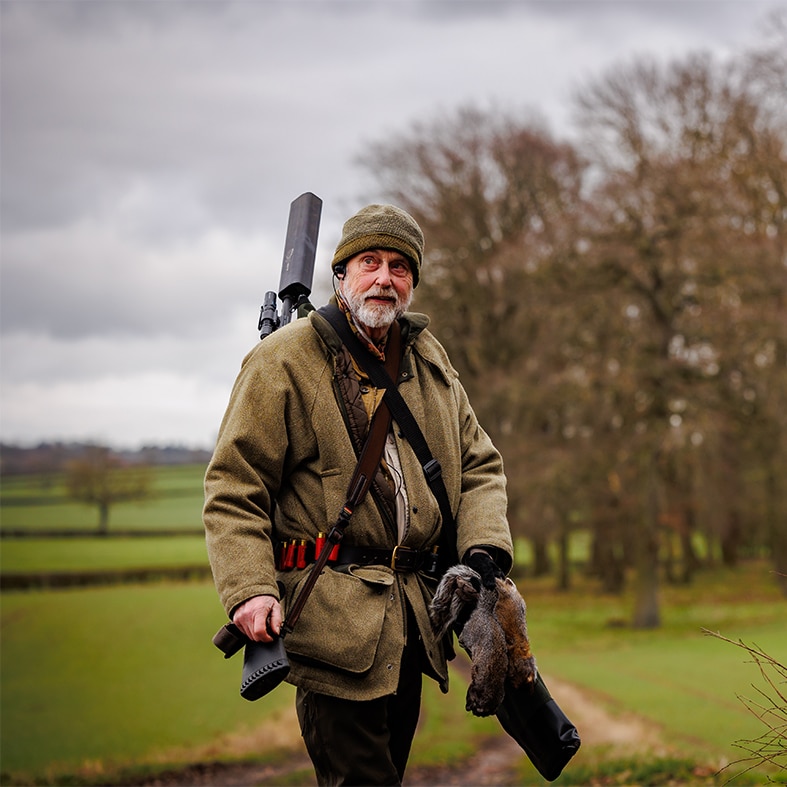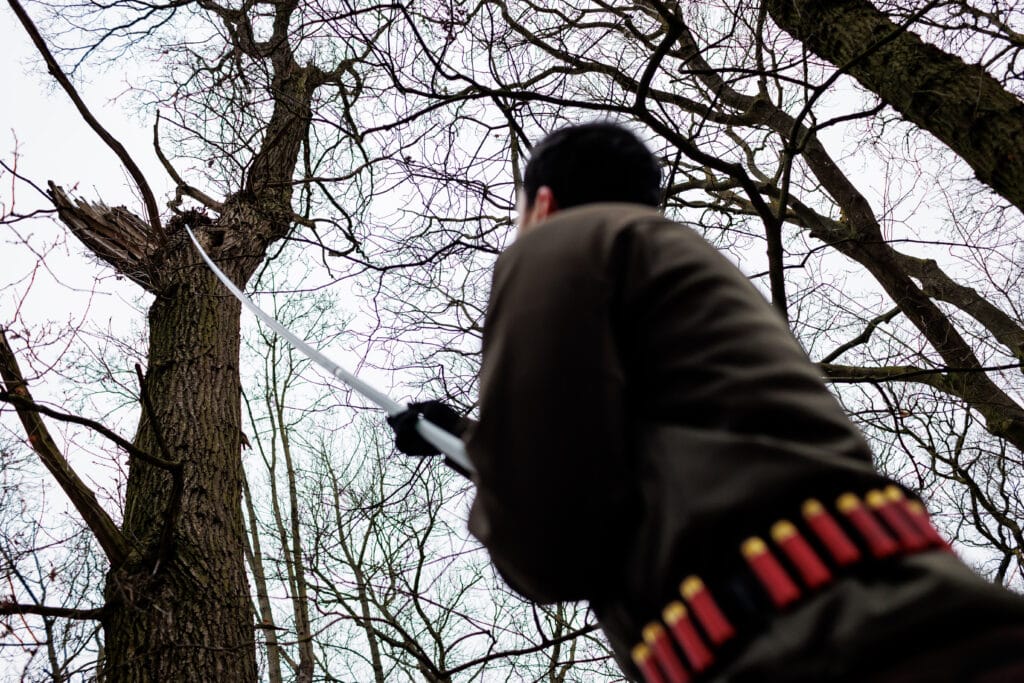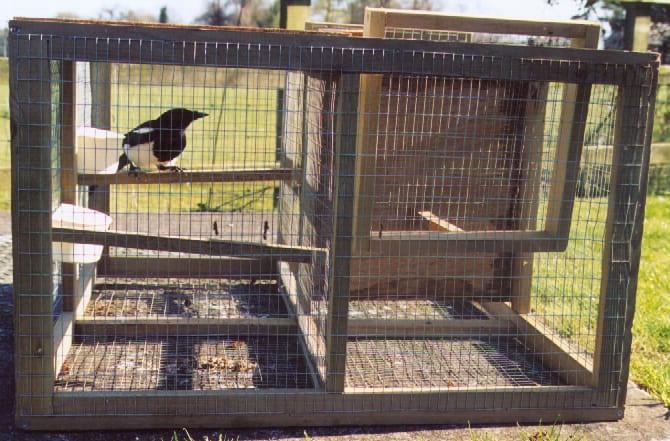
Predator control and nature recovery: what the evidence tells us
As the UK faces a biodiversity crisis, the role of predator control in nature recovery has never been more relevant or widely debated.
Get information on the legal shooting season for mammals and birds in the UK.
Apply for funding for your project or make a donation today
Comprehensive information and advice from our specialist firearms team.
Everything you need to know about shotgun, rifle and airgun ammunition.
Find our up-to-date information, advice and links to government resources.
Everything you need to know on firearms law and licensing.
All the latest news and advice on general licences and how they affect you.


BASC member Jim Foxall explains how he and his son have achieved consistent success in controlling grey squirrels using moderated shotguns.
Three years ago, I was asked by a very good farmer friend of mine if I could do anything about the grey squirrel infestation of some woodlands that he owns. The trees were suffering from the usual squirrel damage, stunted and dying as a result of bark stripping.
I would highly recommend The Grey Squirrel Management Handbook by Charles Dutton, which is sponsored by the European Squirrel Initiative. This booklet is a masterpiece that details various methods of grey squirrel control and the species of trees most vulnerable to squirrel attack. It also includes some case studies.
As a result of my friend’s request, my son and I considered the various approaches we might take to reduce and control grey squirrel population as quickly as possible. The woodlands were not on our doorstep, and the time taken to get to them meant that daily visits to check traps, fill bait stations or wait in a hide were not viable options. We needed instant results controlling these pests.
Taking these factors into account, we came up with an alternative solution. Rather than drawing the squirrels to us using bait stations, we would seek them out in their dreys.
There were a few things to consider. Firstly, we had to be fairly sure that the squirrels would be in residence. This always means dusk, on wet or cold days which would encourage them to retire early to their dreys. Secondly, we would have to be able to spot the dreys, which limits us to those months where there is not too much foliage. Other factors relevant during the summer include the undergrowth – battling through nettles is not fun – and the possibility of mistaking bird nests for dreys. Additionally, dusk during the summer months can be as late as 10pm. So, effectively there is a six- or seven-month window of opportunity.
Our chosen method for controlling grey squirrels is to disturb dreys with long poles and then use shotguns to shoot any squirrels that emerge.

I think we have now honed this to a fine art. To maximise our success rate, two of us operate together. Our chosen guns are 12 bore pump-action shotguns and I’ll explain a little later why we use pump guns. Our choice of cartridges are low-velocity subsonics, 35g no. 7.5. Coupled with the subsonic cartridges, we use A-TEC sound moderators. These moderators seem to be more effective with subsonic cartridges than normal cartridges. The only issue with subsonic cartridges is that they don’t cycle very well in semi-auto shotguns, hence the pump shotguns.
Our guns have magnetic barrel mounts, which enable us to add slimline torches that project high-powered beams – very helpful at dusk. We travel light and use cartridge belts holding 25 cartridges or, for larger woods, 50 cartridges.
Each of us has a small drawstring bag with a plastic liner, similar in style to a rucksack, which fits over our shoulders. Style of clothing is irrelevant. It just needs to allow free movement and be appropriate to the weather conditions. We also use radios; these are a necessity to keep in touch when we fan out looking for dreys and are wired with an earpiece and lapel microphone.
When a drey is located, we find the best positions around the tree, preferably on opposite sides with unobstructed views of the drey. One of us will use the pole to flush any resident squirrels out. It’s then a question of nailing them as they run along the branches or head on up the trunk of the tree. It is unpredictable just how many squirrels a drey can accommodate. If it’s four, then you have to be on your game to shoot the lot. Those that do escape never seem to come back to a drey that has been checked. Over time, we have a fair idea of predicting those dreys that are active. Active dreys tend to be spherical and tightly packed.
There is, of course, always an element of doubt whether a drey contains any squirrels and, to save time, we have tried using a thermal imager to look for heat signatures. This proved unsuccessful. To underline this point, we once scanned a drey which appeared lifeless; however, on disturbing the drey, four squirrels exploded from it.
The effectiveness of controlling grey squirrels this way has been proven time after time. On one occasion we were asked to clear a neglected wood, roughly 18 acres in size, and removed more than 60 squirrels in four visits. Annual follow-up visits revealed little further infestation. Most of the woods we have visited have required no more than three visits to achieve similar results.
We have never been challenged by anyone while controlling grey squirrels – for a number of reasons. As dusk falls, most walkers have gone home. The subsonic cartridges and the silencer change the sound of the shot to a noise something akin to hitting a plastic drainpipe with a stick; it is unrecognisable as a normal shotgun discharge. With permission, we have shot within 40 metres of property and residents have not been aware of our activity.
As keen environmentalists, we belong to the Red Squirrel Survival Trust (RSST) and Small Woods Association. We carry out our grey squirrel removal services completely free. If the woodland owner wishes to make a donation to the RSST, that is a bonus!


As the UK faces a biodiversity crisis, the role of predator control in nature recovery has never been more relevant or widely debated.

The 2014 general licences for Wales, which give legal authority for the control of pest bird species such as pigeons and crows, have been published by the UK’s largest shooting organisation, the British Association for Shooting and Conservation (BASC) after technical problems delayed their publication by Natural Resources Wales.

A proposal to consider excluding the use of general licences over some areas of land in Scotland has been challenged by the UK’s largest shooting organisation, the British Association for Shooting and Conservation (BASC). BASC is concerned that this could penalise innocent land managers and affect their livelihoods.